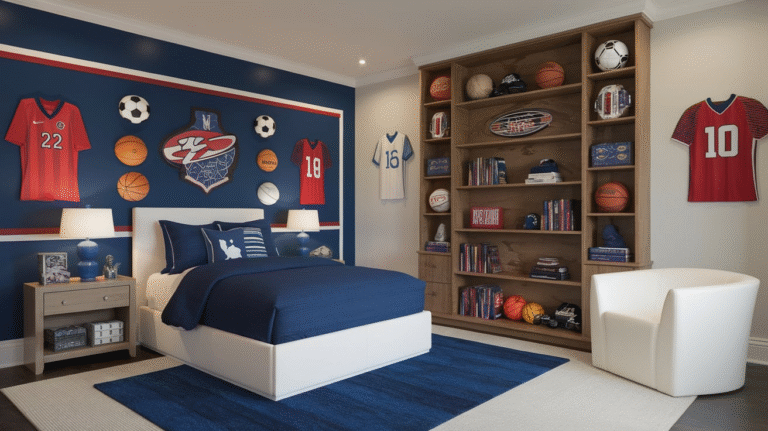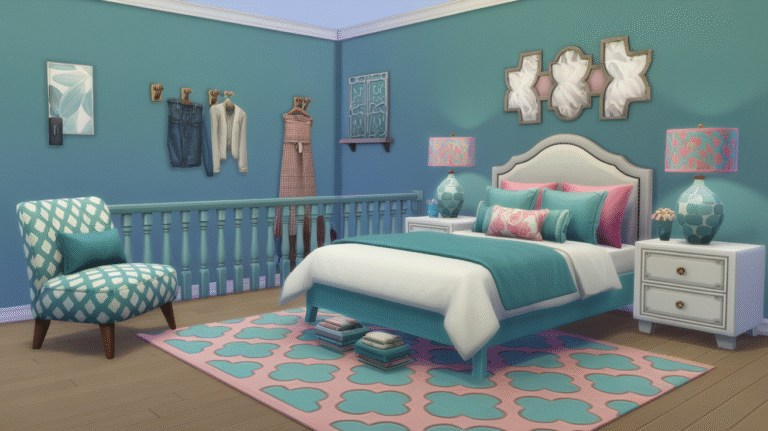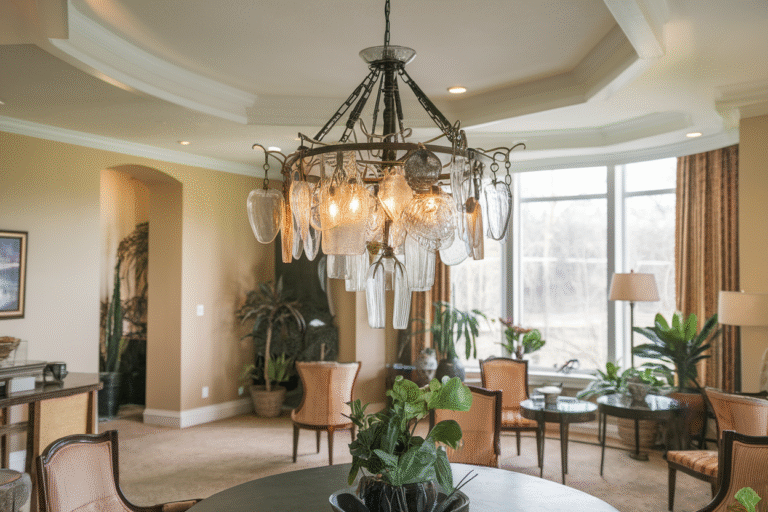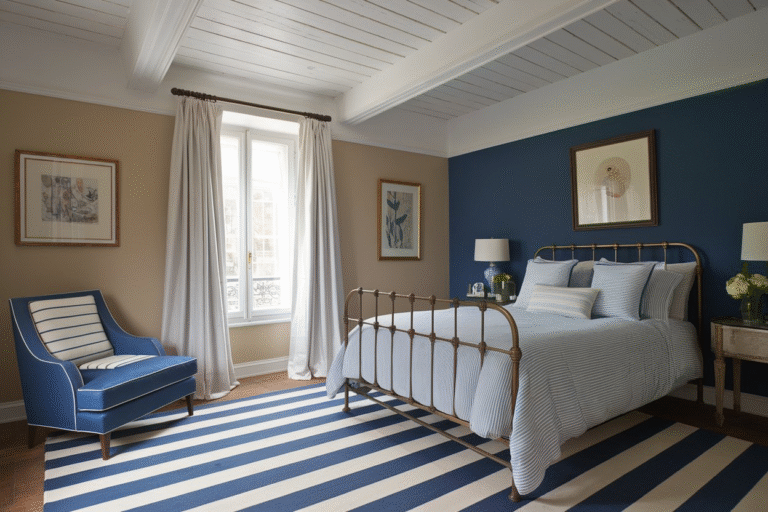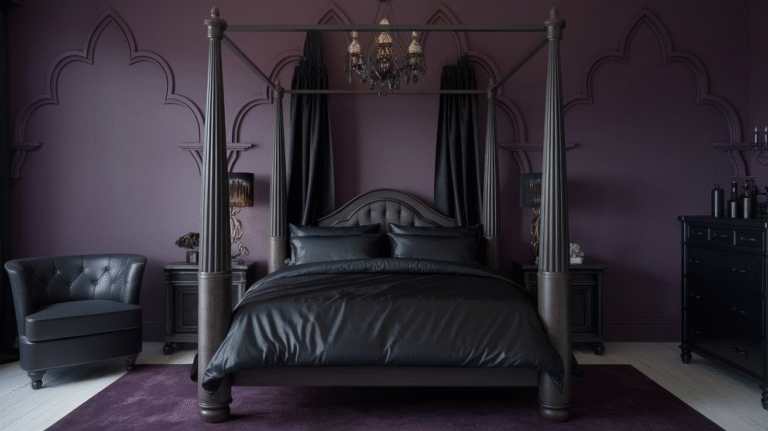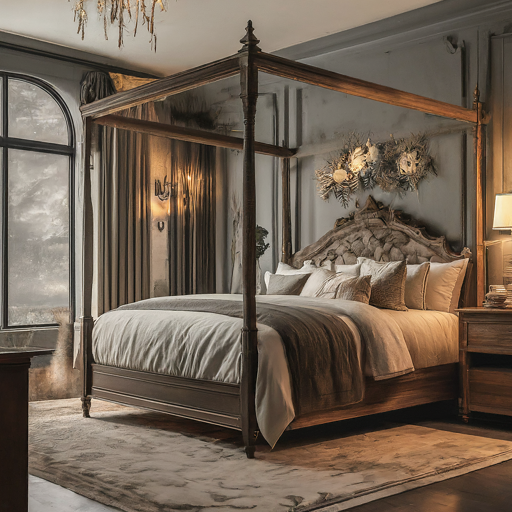10 Common Living Room Layout Mistakes (And How to Fix Them)
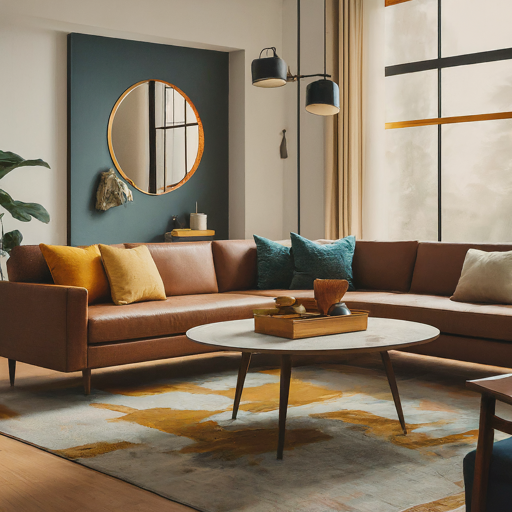
Does the layout of your living room look and feel right to you? Or does something feel off, but you can’t quite put your finger on it?
If you’re nodding your head in agreement with the second question, it’s time to evaluate your living room layout and see if you’re making any of the most common mistakes.
Even if you think you’ve created the perfect living space, there may be a few mistakes hiding in plain sight.
The good news is that they can be fixed. Keep reading to see if you’re making any of these living room layout mistakes and learn how to fix them.
1. Pushing all the furniture against the walls.
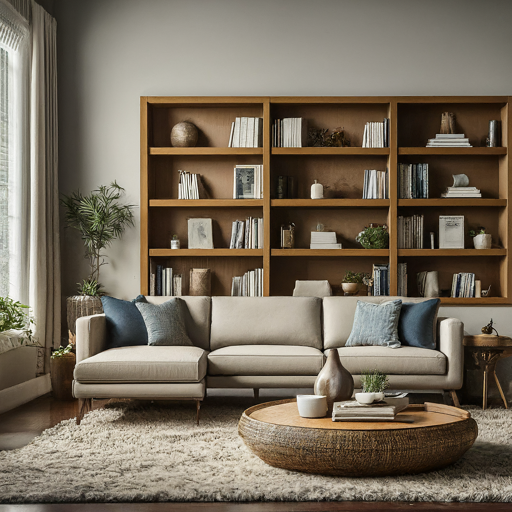
We get it. You want to make sure there is enough space for people to walk around. But pushing all the furniture against the walls can make a living room feel like a waiting room.
Instead, try floating your furniture in the middle of the room. This is especially helpful if you have a large or long living room. It can help break up the space and make it feel more cozy and inviting.
2. Choosing a small rug.
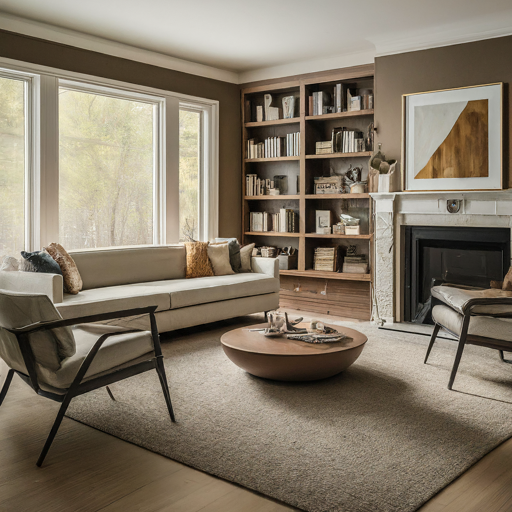
A rug is the foundation of your space and can help ground the furniture in your room. If you choose a rug that’s too small, it can make the entire room feel disconnected and not cohesive.
Instead, choose a rug large enough to fit all of your furniture. If you have a smaller space and can’t fit all of your furniture on the rug, make sure to have at least the front legs of your furniture on the rug to help tie the space together.
3. Using only recessed lighting.
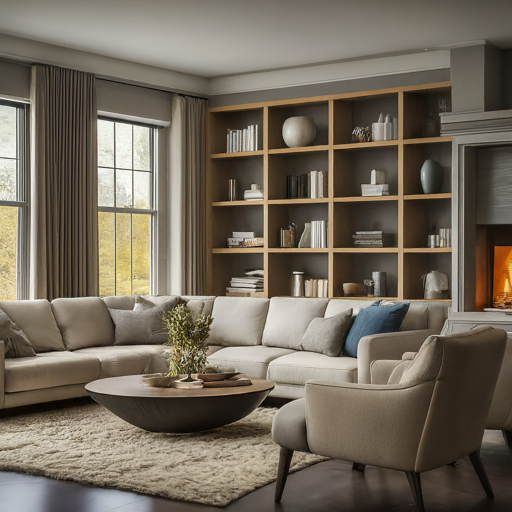
Recessed lighting is a great way to add general lighting to any room. However, if you only use recessed lighting and there is no other source of light, it can make the room feel flat and one-dimensional.
If you don’t have a ceiling light, be sure to add a floor or table lamp to the space. This will add another layer of light and make the room feel more inviting and cozy.
4. Buying a small sofa.
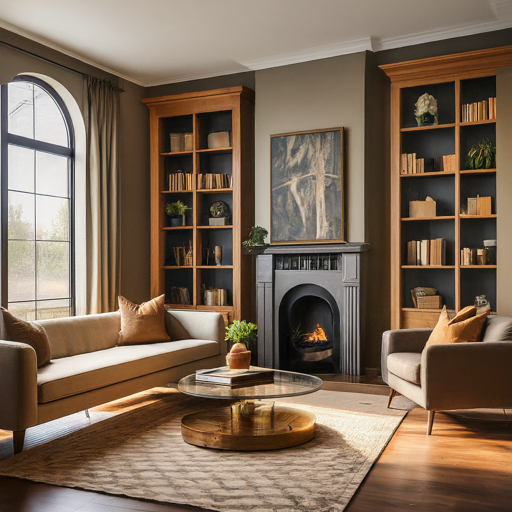
If you have a small living room, it can be tempting to buy a small sofa to make the room seem bigger.
But, buying a sofa that is too small for the space can actually make it seem more cramped.
Instead of a small sofa, opt for a sofa that is appropriately sized for your space. A sofa that is too small can make your living room feel empty and uninviting.
On the other hand, a sofa that is just the right size will make your living room feel cozy and welcoming.
If you’re worried about a sofa taking up too much space, consider a sectional or a sofa with a chaise. These options can provide plenty of seating without taking up too much floor space.
5. Not thinking about the flow of people in and out of the room.
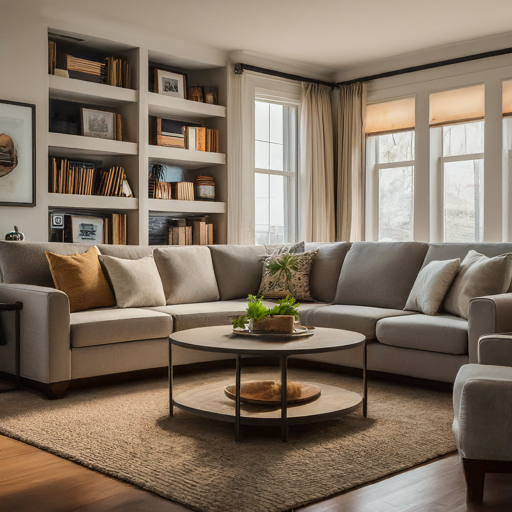
You want to make sure that the layout of your living room allows for the flow of people in and out of the room.
There are a few things that you can do to help with this:
• Make sure that there is enough space for people to walk around the furniture in the room.
• If you have a large living room, consider creating multiple seating areas to help break up the space and create a more intimate feel.
• If you have a small living room, consider using furniture that can be easily moved out of the way when you need to create more space.
6. Hanging art too high.
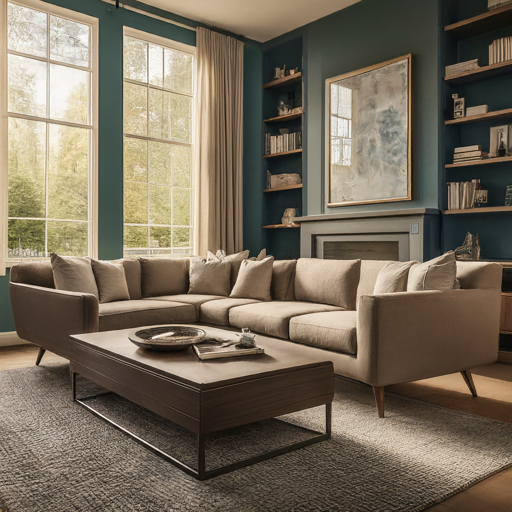
Hanging art too high is the most common art-hanging mistake. The ideal height to hang art is at eye level, which is about 57 inches from the floor.
If you have high ceilings or a large piece of art, you might need to hang it a little higher, but for the most part, eye level is the way to go.
When in doubt, you can also use the 57-inch rule for hanging sconces and other wall decor.
7. Not considering the view.

When you walk into a room, the first thing you notice is the view. This is what sets the tone for the entire space and is the focal point you want to design around.
In a living room, the view is typically the seating area or a fireplace. But in many modern homes, the view is a TV or a large window.
If you have a TV in your living room, you may want to design the layout around it. If you have a fireplace, that should be your focal point.
If you have a beautiful view outside, design the layout to take advantage of that.
In this living room, the view is the seating area. The sofa is the first thing you see when you walk into the room, and the chairs are arranged around the coffee table. The TV is off to the side and not the focal point of the room.
If you have a TV, you may want to angle the seating area toward it, but it doesn’t have to be the first thing you see when you walk into the room.
In this living room, the view is the fireplace, and the seating area is arranged around it. The TV is off to the side and not the focal point of the room.
8. Not thinking about the purpose of the room.
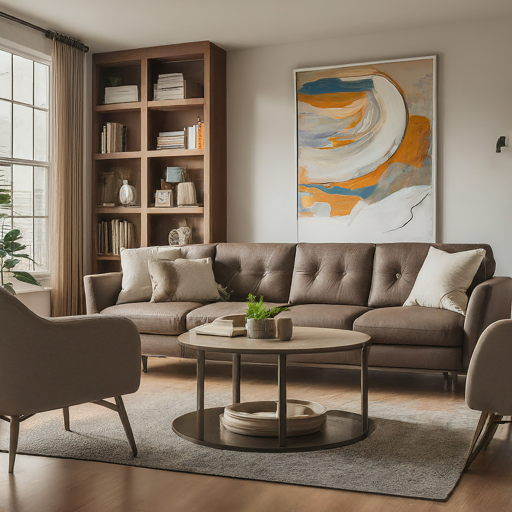
Before you start buying furniture for your living room, think about how you want to use the space.
Will it be a formal sitting area where you entertain guests? Or a cozy space where you watch TV?
If you don’t have a clear idea of how you want to use the room, you could end up with a layout that doesn’t suit your needs. And that can lead to a lot of wasted time and money.
9. Forgetting about the wall color.
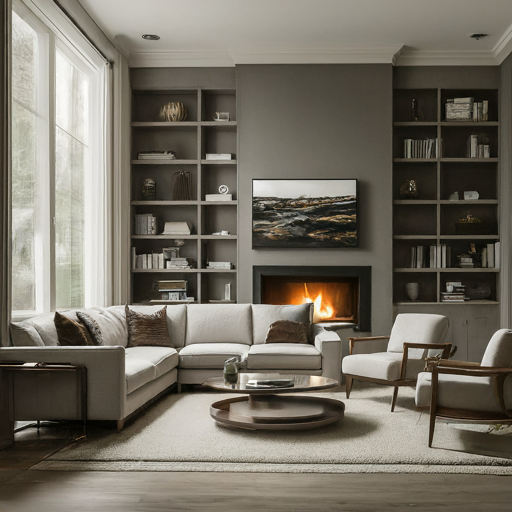
The color of your walls can make or break your living room design, but it’s often the last thing people think about when designing a space.
Wall color is a great place to start when planning your design because it sets the tone for the rest of your living room.
If you’re not sure where to start, try using an app like Clare to see what different paint colors will look like in your space.
10. Not taking the time to plan.
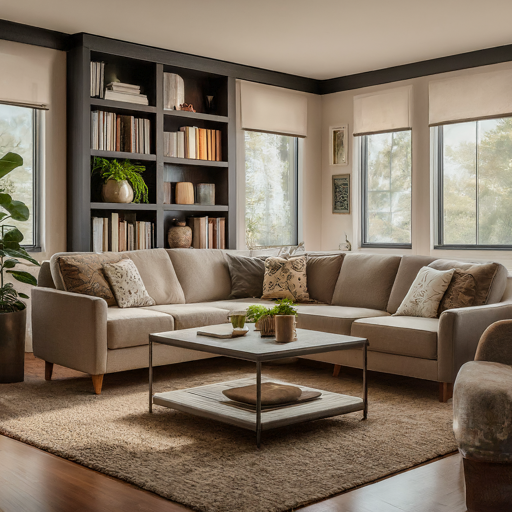
The biggest mistake of all is not taking the time to plan out your living room layout.
It’s easy to get carried away with shopping and decorating, but if you don’t have a plan in place, you might end up with a room that doesn’t function the way you need it to.
Start by thinking about how you want to use the space and what pieces of furniture you need to make that happen.
Then, take the time to measure your room and your furniture to make sure everything will fit. Finally, sketch out a rough floor plan so you can see how all the pieces will come together.
Conclusion
It’s easy to make mistakes when arranging furniture in a living room, but if you keep our tips in mind, you’ll be well on your way to creating a comfortable and efficient space.

